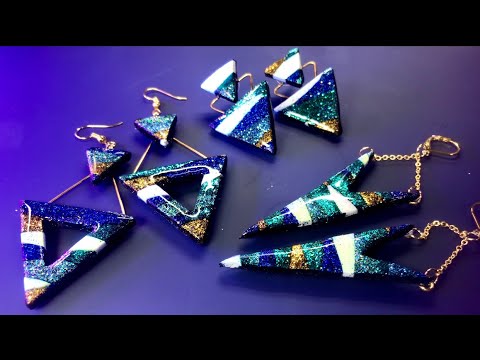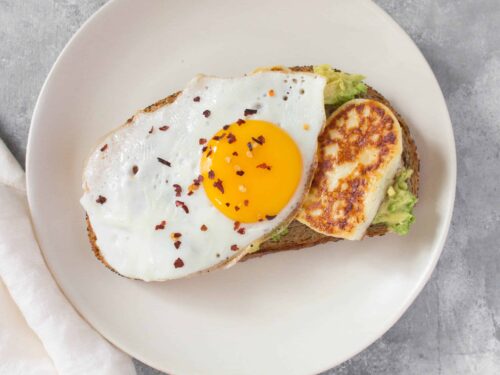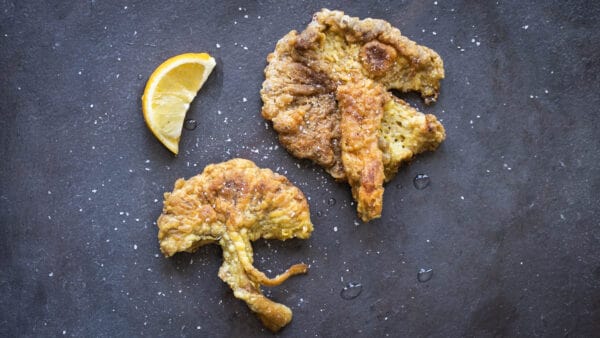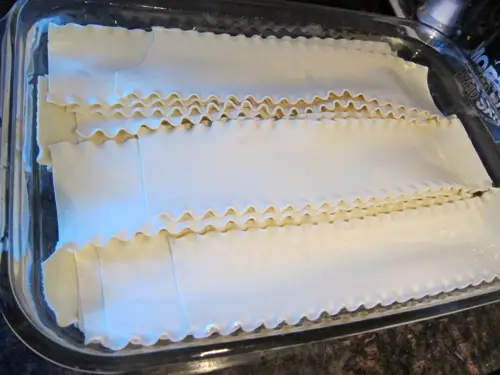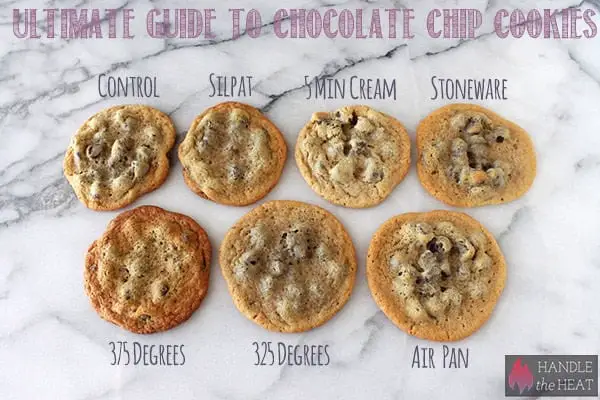Can You Bake Glitter in Polymer Clay?
When it comes to adding a touch of sparkle to your polymer clay projects, using glitter can be a fun and creative way to achieve this. However, before you start mixing in glitter and pop it into the oven with your polymer clay project, there are a few things you need to consider regarding the safety and effectiveness of baking glitter in polymer clay.
What Is Polymer Clay?
Before delving into whether or not you can bake glitter in polymer clay, it’s essential first to understand what is polymer clay.
Polymer clay is a type of modeling material that is primarily made up of PVC particles suspended in plasticizers, which make it moldable and easy to work with. Once baked, the plasticizers evaporate, leaving behind a hard and durable material that is resistant to fading, cracking, or crumbling over time.
Because of its versatility and ability to hold intricate shapes, polymer clay has become a popular choice for crafters and artists looking to bring their creative visions to life.
What Is Glitter?
Glitter is a decorative additive that is commonly used for decorative purposes and adds a sparkling effect to various craft projects. It typically consists of small pieces of shiny plastic or metallic material that are cut into special shapes like stars or flakes.
The most common types of glitter available include:
- Polyester Glitter: This type of glitter is made from polyester plastic sheets cut into minute pieces. They come in various colors but don’t normally reflect light very well.
- Metallic Glitter: This type of glitter contains finely ground metallic flecks that produce bright color reflections when reflected by light. They make a lot of noise when mixed with polymer clay.
- Holographic Glitter: Holographic glitter is a combination of polyester glitter and other specific materials that produce a unique and colorful effect. They are usually the most expensive glitter type available.
- Biodegradable Glitter: As more people become environmentally conscious, biodegradable glitter has become increasingly popular. Biodegradable glitter is made from plant-based materials such as cellulose, which decomposes in natural settings such as soil and water.
Overall, It’s essential to note that not all types of glitter can be baked in polymer clay, so it’s important to know what type of glitter you’re working with before mixing it into your polymer clay project.
Can You Add Glitter to Polymer Clay?
The short answer is yes, you can add glitter to polymer clay. However, there are many factors to consider before starting the process.
When selecting a suitable glitter for use with polymer clay, you should consider the following factors:
- Type of Polymer Clay: Some types of polymer clay appear translucent even after baking and might not work well with certain glitters. For instance, very fine glitters work well with translucent Polymer clays as they will show off any slight taints that may have resulted. However, if you choose uneven or extra-large pieces of glitters, know that they will need a colored polymer clay base for them to show vividly.
- Type of Glitter: Not every kind of glitter can withstand the heat generated during the baking process. It’s advisable if possible, to go for fine glitters or even those made specifically for polymer clay. Always read the manufacturer’s instructions to know what temperatures are recommended for the specific glitter type, as this will differ between brands and could be disastrous when mixed up.
- Baking Method: Some baking methods, such as baking polymer clay in a toaster oven or regular oven require different temperatures and conditions. Make sure you have the correct heat settings and take extra precautions if possible, such as having a separate toaster oven designated just for your polymer clay projects.
- Amount of Glitter: The amount of glitter added into polymer clay heavily determines how it will turn out. An excess of glitter might lead to a baked glittersome with quite sharp edges, while using less glitter can lead to an uneven mixture and lackluster effect that barely adds any sparkle.
- Method of Incorporation: Finally, when adding glitter to polymer clay, ensure you mix well with minimal pressure exerted on the clay. The best way to attain this is through folding and pressing rather than kneading. Kneading increases chances of forming air bubbles that could interfere with the outcome.
What Happens When You Bake Glitter in Polymer Clay?
The first thing that happens when you bake glittered polymer clay is the same thing that occurs with unbaked Clay’s plasticizing agent reacting to heat and hardening at high temperatures. Once removed from the oven and allowed to cool, the glitter is trapped within the formed bonds and becomes permanently part of the clay project.
If done correctly, baking will leave your glittered polymer clay project with a sparkling effect that won’t flake or fall off over time. However, care needs to be taken not to bake too hot or too long as this can have adverse effects on both the glitters’ prismatic effect as well as overall results.
The Danger in Baking Certain Types of Glitter
Despite being oven-safe, the fact remains that not all types of glitter can withstand the heat generated during the baking process when used with polymer clay. For instance, Some glue-based glitters produce a toxic gas when heated or burnt; therefore, research and observing the manufacturer’s instructions are noteworthy before partaking any activity.
It’s also important to note that some people might have an allergic reaction to certain types of glitter, especially those made from metal flakes; thus, it is advisable always to make sure you’re using skin-safe materials and take necessary precautions such as covering the nose and mouth.
Alternatives to Baking Glitter in Polymer Clay
While baking is one way to incorporate glitter into polymer clay projects, there are many alternative methods for adding sparkle effect to your creation.
- Painting: One way to achieve a glitter effect without actually involving actual glitter is by painting it onto your project. Mixing paints or even spray-on glitter lightly across your polymer clay after baking could be a good alternative.
- Applying A Top Coat After Baking: Alternatively, you may apply a clear gloss spray once your project is complete. However, this option is slightly less effective compared to mixing in the glitter beforehand since some adhesive may be needed for it to stick properly.
- Mix-in non-glitter materials: Lastly, you can opt not to use traditional glitters altogether and go for products such as metallic powder pigments or mica powders that add sparkle effects without the disadvantages of using actual glitters.
Tips for Safe Baking with Glittered Polymer Clay
Here are some tips to ensure safe baking with polymer clay:
- Protective Equipment and Clothing: Whenever baking glittered polymer clay, it’s important to wear an apron, gloves, and a mask. This added layer of protection limits exposure and ensures your safety
- Bake In A Well-Equipped Room: Choose a baking room that is in a well-ventilated area so that fumes don’t affect you. Keep the temperatures in check as much as possible using proper thermometers for verification.
- How To Properly Handle Glittered Polymer Clay During and After Baking: To avoid deforming the shapes, it’s important to handle it collectively with both hands rather than wrapping one hand around the other or pressing at only one point.
- Storage: Finally, properly store any leftover glittered polymer clay, especially if you have children or pets as they could ingest traces via nibbling or mouthing. You could store them in reusable containers made from quality polystyrene, reserving the actual container from its time of purchase being used for storage of food items minimizing occurrences of cross contamination among other unwanted cases.
Failed Attempts at Incorporating Glitter into Polymer Clay
A few things could go wrong when trying to incorporate glitter into polymer clay projects, including undesirable color changes or effects. Common mistakes that lead to failed attempts incorporating glitter include:
- Different color representations on different computer screens result in the user choosing poor glitter mixes.
- Mixing too many types of glitters leads to a muddy finish rather than a crisp and clear effect.
- Mixing with heavier materials will lead to an uneven distribution where glitter reserves at the edge of your shape and pile on top of it when baking.
Troubleshooting on How to Avoid Such Failed Attempts to Incorporate Glitter into Polymer Clay
To avoid such mistakes, consider the following:
- Test before baking by taking a small sample of the glittered polymer clay and bake it first. This helps in determining whether to reduce or increase temperatures or time experienced.
- Choose medium size glitters preferably 1 mm and below for easier incorporation.
- Mix in with non-glittered polymer clay prior to baking. This way, sufficient even mixing happens before shapes are formed maximizes uniformity among all shapes cut from the same batch, thus eliminating pigmentation differences.
- Use a sanding tool after baking on the side that has too much glittered material. Sand lightly until a smoother surface is achieved without damaging or deforming the shape itself.
Conclusion
When done correctly, adding glitter to polymer clay is a great way to create sparkling and eye-catching projects that are sure to draw attention. However, you must select the right type of glitter, use protective equipment during baking and know how long it needs to be in heat. It’s also important to handle the material carefully during and after cooking to avoid deformities.
Ultimately, experimenting with different types of glitters, colors and polymer clays allows you to discover new ways of incorporating glitter into your projects, enhancing creativity and bringing out your artistic side!
Can You Bake Glitter in Polymer Clay?
1. Can I add glitter to polymer clay before baking?
Yes, you can add glitter to polymer clay before baking. In fact, adding glitter to your clay creations can add a fun and unique touch to your projects.
2. Will the glitter burn or melt in the oven?
No, the glitter will not burn or melt in the oven if it is added properly. It is recommended to use high-quality cosmetic grade glitter as well as mixing it evenly into the clay.
3. How much glitter should I add to my polymer clay project?
The amount of glitter you add to your polymer clay project is entirely up to your personal preference. However, it’s recommended to not add too much as it can affect the structural integrity of your creation.
4. Is there a specific type of glitter that works best with polymer clay?
There is no specific type of glitter that works best with polymer clay. However, it is recommended to use fine-grain glitters rather than chunky glitters as they mix better into the clay. It’s also important to make sure the glitter is non-toxic and heat-resistant for safety reasons.
